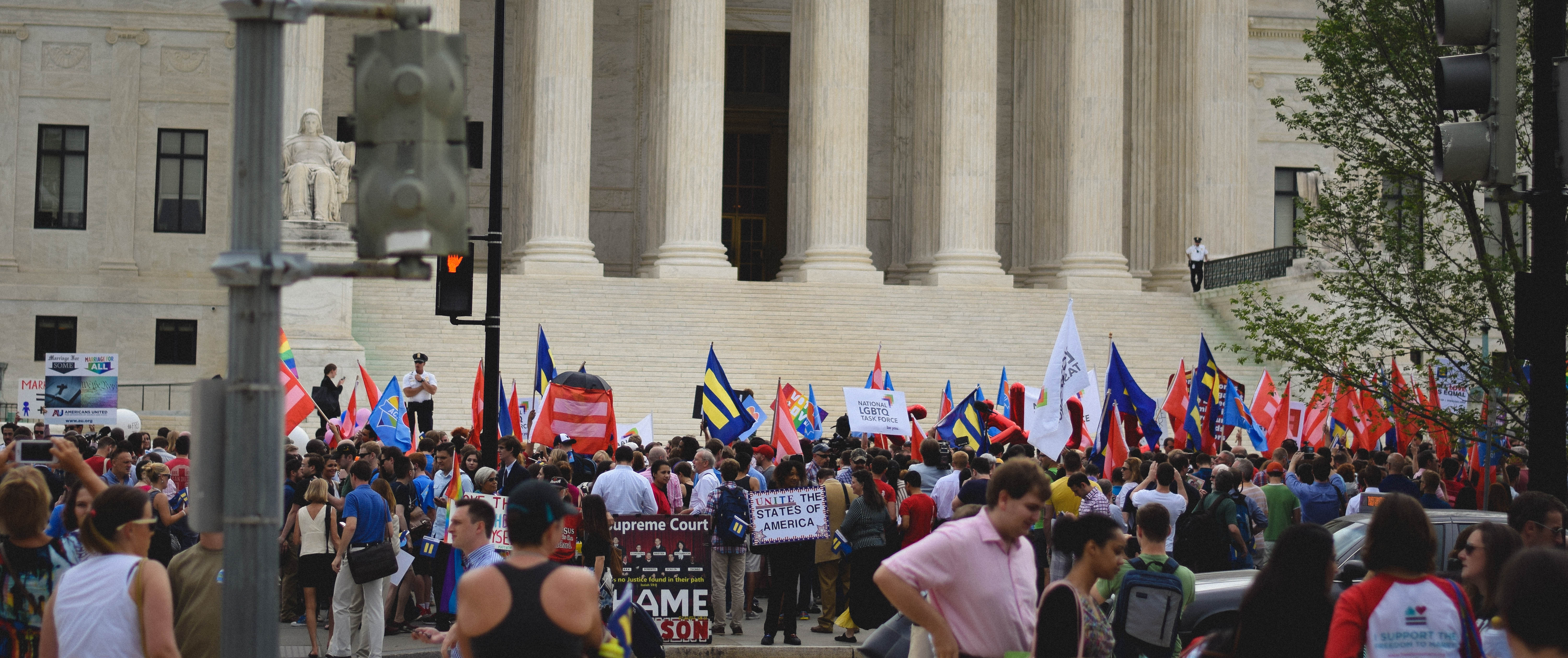On June 26, 2015, the LGBT community in the United States achieved a landmark historic decision in what it has been pursuing for decades: the legalization of same sex marriage. This furiously debated topic has been a polarizing one since its inception in the 1960s but, with each passing decade, has seen gradual shifts toward acceptance and approval in public opinion culminating with the U.S. Supreme Court’s ultimate decision. This decision since June has come to be known as “Pride Month” by the LGBT community. Across various cities, including San Francisco, California, the LGBT community and its allies were soaking all in the regal festivities that had colorful floats, rainbow theme decorations and marches parading through the streets. The sound of laughter, music and joyful, enthusiastic revelry made for a fitting end to a month-long celebration of LGBT pride.
I reflected on this past month and also recalled the national referendum in Ireland that called for a similar decision to the US one. How sweet a victory this is! Would it be possible for a country like India to follow suit one day? Only time will tell, as the familiar saying goes. It is not as if this should be alien to them. One only has to look at the Rig Veda, one of India’s sacred texts to find the phrase “vikruti evam prakrati”, which translates to “what is unnatural is also natural”. Ancient Indian culture was one of the few in history accepting different sexual orientations. It is evidenced by the multitude of paintings and sculptures of Khajuraho, the Kamasutra and even one of its deities, Ayappa (child of the male Gods, Shiva and Vishnu). Theirs is a historic culture that liberally celebrated diversity and encouraged total acceptance.
Unfortunately, the present day situation belies what the legacy suggests. Homophobia is widely rampant in Indian society, and that makes for a tense, distressful life for the LGBT community in India. It appears to me that being homo-ignorant is the bigger issue; the one that needs to be addressed. There is a belief that people fear what they do not understand and I strongly feel that homosexuality falls under that category. The issue of LGBT rights in present day India is not yet a part of political rhetoric, and is only now evolving into a mainstream debate. This is somewhat peculiar considering ancient India’s accommodation of eroticism. India’s exposure to Victorian morality under British rule induced a mass disapproval of alternate sexual orientations. Thus, for all intents and purposes, homophobia was a western legacy in India.
Individuals who are of this generation, who constitute the future of the country lean far more favorably towards the LGBT community than those who are of the previous generation and those with political clout. A report from the research team from Jindal Global Law School stated: “there is a growing societal acceptance for gay people. Many respondents (LGBT members) stated that the societal perception of homosexuals is changing and people were treating them with respect.” This coupled, with the support of exponents such as Aamir Khan, Priyanka Chopra & Sri Sri Ravi Shankar, have the LGBT movement in a favorable light especially in the word of social media despite the government’s ban of gay sex (under section 377 of the penal code).
So, getting back to the question from earlier: could same sex marriage become fully recognized in India one day? I hope so. India still has significant hurdles to clear before marriage equality can be achieved, before gay marriage is legalized or before a national referendum can be held. For that to transpire, all Indians have to understand that gay rights are human rights, and that homosexuality is not an invention of the West based on sexual fetishes and deviances but an authentic human reality.

